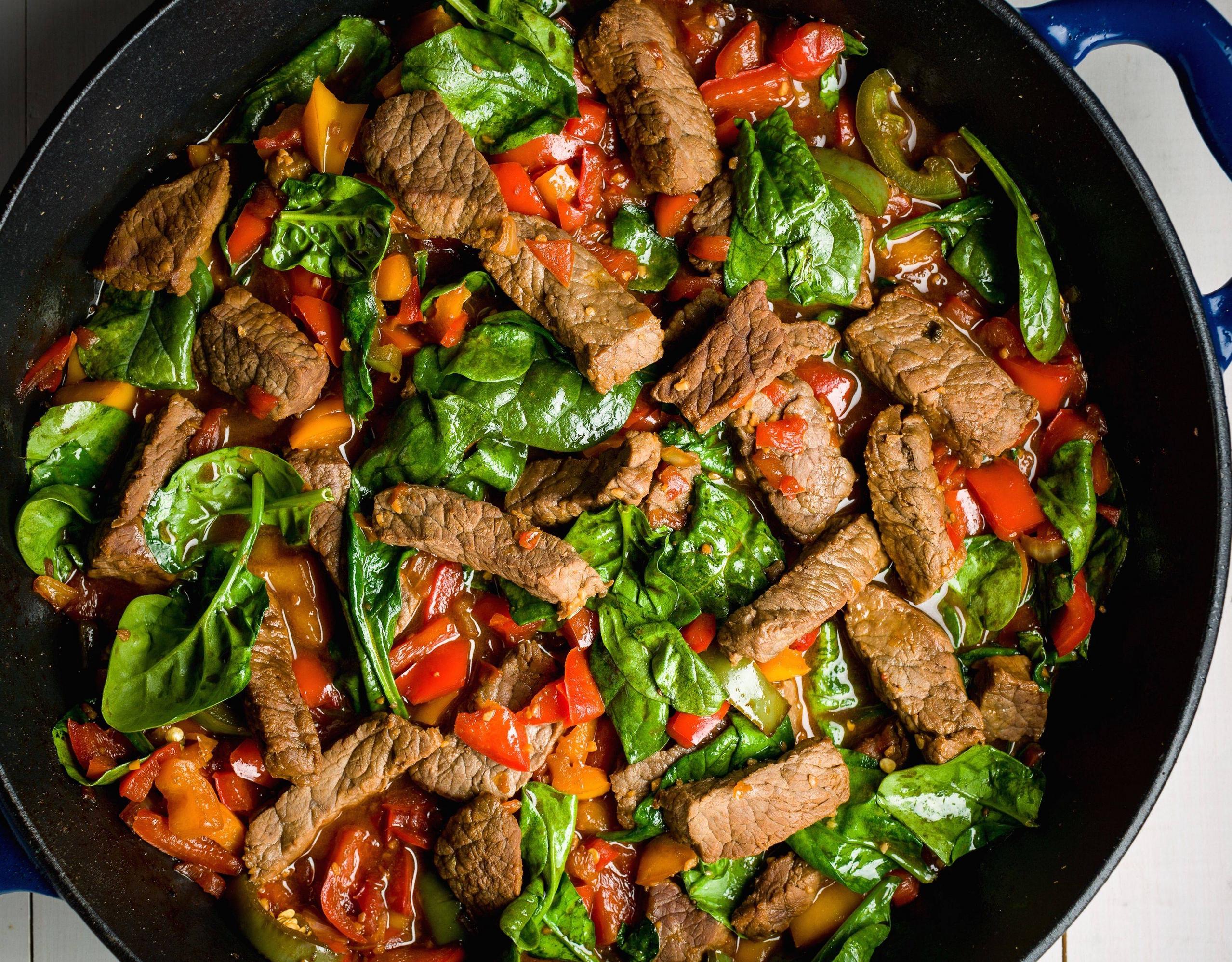
Participating in the cooking process can be a great way to encourage healthy eating habits among your children. Let them pick the vegetables and fruits they want. Try offering them a sample of different types of vegetables to see which they prefer. Taking their input can be a great way to start a healthy eating habit. Keep them hydrated to stay hydrated. Participating in the making of their favorite dishes will encourage them to eat a healthy diet.
Children don't enjoy bland foods. Many of their favourite foods are high in fat, salt, and sugar. This flavor boost helps children discover new flavors. That kind of sensation isn't possible with fresh vegetables and fruits. To make the transition easier, parents can make a switch from high-calorie snacks to fruit-based meals and snacks. Parents can choose to replace unhealthy snack options with healthy ones, rather than restricting their snack intake.

It is not easy to change their food habits. While it can be easy to eat different foods or make a variety if smoothies, you should focus on foods that have the nutrients that your child requires. Many adults don't realize what a healthy lifestyle can do for children's development. A healthy diet can help children manage mental illness symptoms and regain control.
Encourage your children to eat healthily by modeling the behavior of their parents. Children will want to try new healthy foods and be motivated to do so if they see their parents doing it. Even if they're only eating one or two servings of fruits and vegetables each day, their bodies will begin to mimic your own habits. It's also important to remember that kids will pick up on their parents' habits and will mimic them.
As soon as possible, children should be exposed to fruits and vegetables. Young children might enjoy a banana with almond butter on it, or frozen berries in coconut yogurt without sugar. You can satisfy your child's sweet tooth with a combination of vegetables and fruit. It is also a good way to keep them healthy. As their palates develop, they will also enjoy eating these foods. It is vital to provide the right food choices for your child at an early age.

Be mindful of the nutritional value when selecting foods for your children. Avoid high-sugar and processed foods when selecting foods for your children. These foods are not only harmful to their health but also make it less likely that they will eat a healthy diet. You can give your child pea-sized portions of new foods and let them decide which ones they prefer. They will eventually become more comfortable with something they don't like and be more willing to try it again.
FAQ
Is being cold bad for your immune system?
It's been said that there are two kinds of people in the world; those who love winter and those who hate it. You may wonder why you feel so bad when it's cold, regardless of whether you love it or hate it.
The truth is that our bodies are built to work best when it's warm. We evolved to thrive in hot environments because of the abundance of food resources.
We live in a very different environment than our ancestors. We spend much more time indoors, often exposed to extreme temperatures (cold and heat), and we eat foods that are processed rather than fresh.
As a result, our bodies aren't used to such extremes anymore. So, when we do venture outside, we often feel exhausted, sluggish, or even sick.
However, there are ways to counter these effects. Keep your body hydrated. Water is essential for your body to function properly and eliminate toxins.
Another important step is to ensure that you're eating healthy meals. Healthy food will help your body maintain its optimal temperature. This is particularly helpful for anyone who spends long periods of time inside.
You can also meditate for a few minutes every day. Meditation helps you relax your mind and body, which makes it easier to deal with stress and illness.
How does an anti-biotic work?
Antibiotics are drugs that destroy harmful bacteria. Antibiotics can be used to treat bacterial infection. There are many options for antibiotics. Some can be taken orally while others are injected. Others are topically applied.
Antibiotics are often prescribed to people who have been exposed to certain germs. To prevent shingles, an oral antibiotic may be prescribed to someone who has had chicken pox. Penicillin might also be administered to someone with strep throat. This will help prevent the possibility of developing pneumonia.
Children should not be given antibiotics without the consent of a doctor. Children are at greater risk of developing side effects from antibiotics than adults.
Diarrhea is one of the most common side effects of antibiotics. Other possible side effects include diarrhea, nausea and vomiting, allergy reactions, dizziness, dizziness, stomach cramps, nausea, vomiting or allergic reactions. Most of these symptoms disappear after the treatment is completed.
How often do I need to exercise?
A healthy lifestyle requires regular exercise. But, you don't need to spend a specific amount of time exercising. The key is finding something you enjoy and stick with it.
When you exercise three times per week, aim for 20-30 minutes moderate intensity. Moderate intensity means you'll still be breathing hard after you've finished. This type is good for burning around 300 calories.
If you prefer to walk, go for 10 minute walks four days a week. Walking is low in impact and easy for your joints.
Jogging three times a week for 15 mins is enough if you want to run. Running is a great exercise to build muscle tone and burn excess calories.
You should start slowly if it's your first time exercising. Begin by only doing 5 minutes of cardio five times per week. Gradually increase the duration until you reach your goal.
Why does weight change as we age?
How can you find out if your weight has changed?
Weight loss happens when there is less muscle mass and more fat. This means that daily calories should be less than daily energy. The most common cause of weight loss is decreased activity levels. Other reasons include poor eating habits, stress, hormone imbalances, certain medications and illness. If there is more body fat than muscle mass, then weight gain can occur. This happens when people consume more calories than they burn during the day. The most common causes are overeating, increased activity, hormonal changes, and excessive calories.
Our bodies lose weight because we eat fewer calories than we burn. The main reason we lose weight is because we exercise more often. This increases our metabolism rate and burns more calories each day. This doesn't necessarily mean we will lose weight. What matters is whether we are losing fat or building muscle. If we're burning more calories than we're consuming then we're going to lose weight. But, if we consume far more calories than what we burn, then we actually store them as fat.
As we grow older, we tend to become slower at moving around and therefore we don't move as much. We also tend have less food to eat than when our children were young. This is why we tend to gain weight. On the flipside, we are more muscular than we really need and appear bigger.
Without weighing yourself each week, there is no way to know how much weight you have lost. There are many methods to measure your weight. You can also measure your waist, hips or thighs. Some people prefer to use bathroom scales while others like to use tape measures.
If you want to track your progress, you should try weighing yourself once a week and measuring your waistline once a month. To track your progress, you can also take photos every few months of yourself to see how far it has come.
You can also look up your height, weight and body measurements online to determine how much you weigh. If you're 5'10' tall and weigh 180lbs, you'd likely weigh 180lbs.
How can I live my best life everyday?
It is important to identify what makes you happy. You can then work backwards once you know what makes YOU happy. Asking others about their lives can help you to see how they live the best life possible.
You can also check out books like "How to Live Your Best Life" from Dr. Wayne Dyer. He talks about finding happiness and fulfillment in all aspects of our lives.
Statistics
- According to the Physical Activity Guidelines for Americans, we should strive for at least 150 minutes of moderate intensity activity each week (54Trusted Source Smoking, harmful use of drugs, and alcohol abuse can all seriously negatively affect your health. (healthline.com)
- WHO recommends consuming less than 5% of total energy intake for additional health benefits. (who.int)
- The Dietary Guidelines for Americans recommend keeping added sugar intake below 10% of your daily calorie intake, while the World Health Organization recommends slashing added sugars to 5% or less of your daily calories for optimal health (59Trusted (healthline.com)
- Extra virgin olive oil may benefit heart health, as people who consume it have a lower risk for dying from heart attacks and strokes according to some evidence (57Trusted Source (healthline.com)
External Links
How To
What does the term "vitamins" mean?
Vitamins are organic compounds naturally found in food. Vitamins are essential for our bodies to absorb nutrients from the foods we eat. Vitamins cannot come from the body so food must provide them.
There are two types if vitamins: water soluble, and fat soluble. Water-soluble vitamins dissolve quickly in water. Examples include vitamin C,B1 (thiamine), B2 (riboflavin), B3 (niacin), B6 (pyridoxine), folic acid, biotin, pantothenic acid, and choline. The liver and fatty tissues are home to fat-soluble vitamins. These include vitamin D, E and K, as well as beta carotene.
Vitamins can be classified according to biological activity. There are eight major groups of vitamins:
-
A – Essential for normal growth, and the maintenance of good health.
-
C - important for proper nerve function and energy production.
-
D - essential for healthy bones, teeth, and gums.
-
E - Required for good vision & reproduction
-
K - required for healthy muscles and nerves.
-
P – vital for building strong bones.
-
Q - aids digestion, absorption and absorption iron
-
R is required for the production of red blood cells.
The recommended daily allowance (RDA) of vitamins varies depending on age, gender, and physical condition. The U.S. Food and Drug Administration has established the RDA values.
For example, the RDA for vitamin A is 400 micrograms per dayfor adults 19 years or older. However, pregnant women need 600 micrograms per day because it is important for fetal development. Children ages 1-8 require 900 micrograms per day. Infants under one year of age require 700 micrograms per day, but this amount decreases to 500 micrograms per day between 9 months and 12 months of age.
Children aged between 1-18 years require 800 micrograms of sugar per day, while overweight children need 1000 micrograms. Children who are underweight receive 1200 micrograms every day to meet their nutritional requirements.
Children between 4 and 8 years old with anemia will need 2200 micrograms daily of vitamin C.
2000 micrograms is the minimum daily intake for adults over 50 years old to maintain good health. Breastfeeding or pregnant women require 3000 micrograms per daily due to higher nutrient demands.
Adults over 70 need 1500 micrograms daily, as they lose 10% of their muscle every ten years.
Women who have been pregnant or are lactating require more than the RDA. Pregnant woman need 4000 micrograms daily in pregnancy, and 2500 per day after childbirth. Breastfeeding mothers need to consume 5000 micrograms every day when breastmilk has been produced.